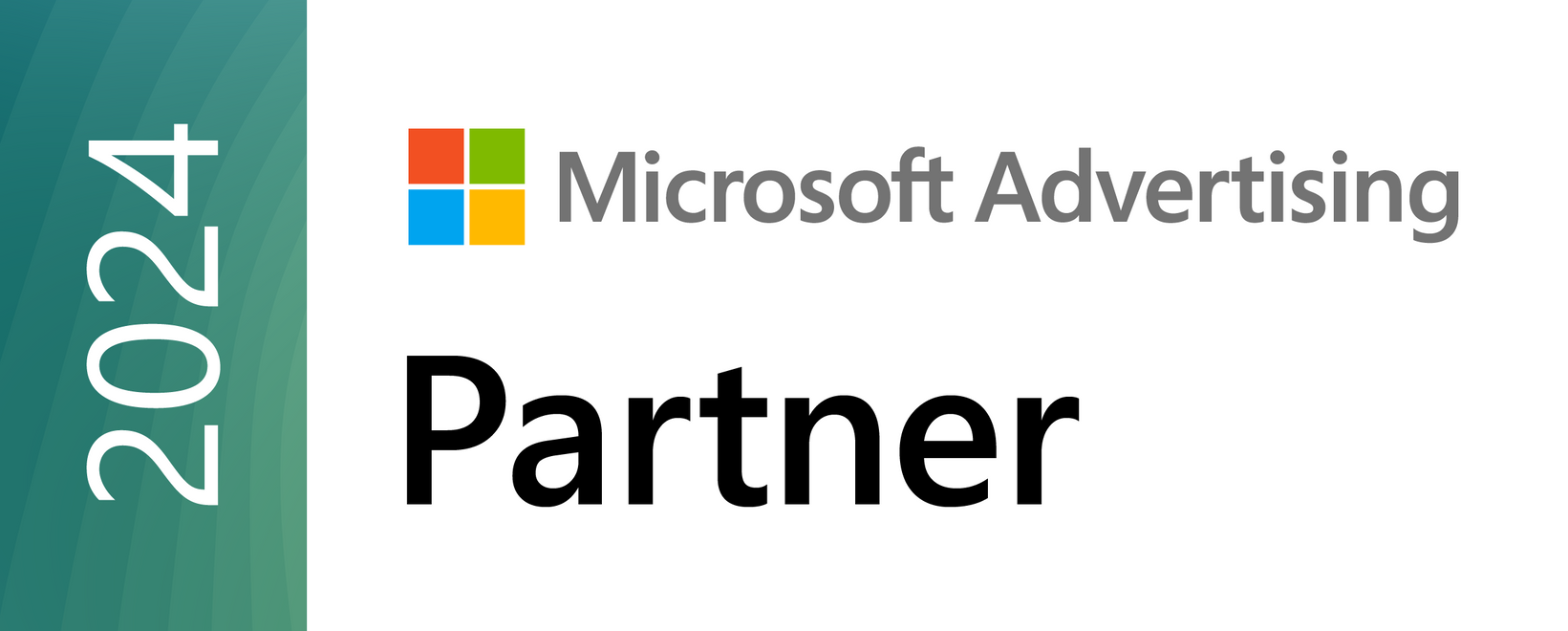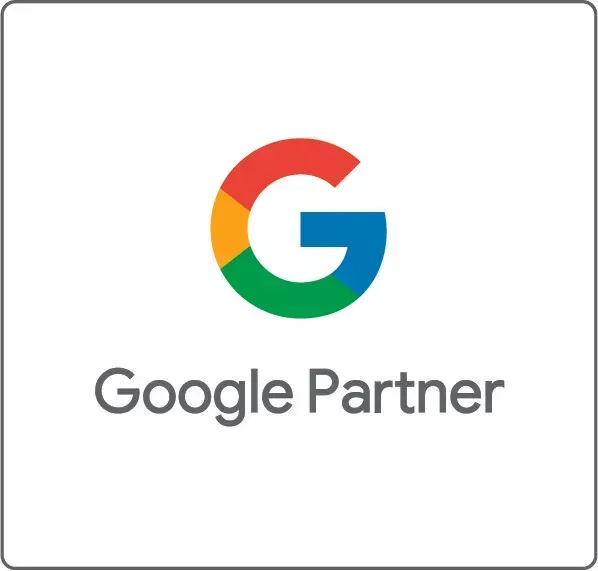Spotting AI Part 3: Repetition and Formatting

Does Simplicity Not Have Perks?
If you want a basic summation of a topic that covers most of the primary variables or relevant facts in a clean and straightforward bulleted list, generative AI may be the perfect solution. While the details can be suspect for some topics, ChatGPT and other platforms excel at communicating obvious, undisputed information in a concise, easy-to-digest format.
In the previous blog, one of the examples we referenced was a generative AI blog detailing the difference between type 1 and type 2 diabetes. While the intro paragraph had issues – especially the last sentence leading into the body – the content itself was not inherently bad. On the contrary, one could argue it was actually good, especially in comparison to low-cost content farm copy.
The AI communicated the difference between type 1 and type 2 diabetes in a clear format with a rational hierarchy of information. It covered causes, onset and management for each, followed by a “Key Differences” section outlining the differences between the two conditions in the context of the previously elucidated information.
Diabetes is not exactly a mystery, which is what makes AI so good at generating content about it. The copious amount of information available to anyone with an internet connection is also why generative AI diabetes content may have very little SEO value.
A healthcare facility that published the diabetes comparison blog could safely assume that it would be relegated to the deepest depths of search results. A new blog on a topic that has been written about a thousand times already will be outranked by not only much older blogs that cover the same information but also authority sites and content farms. For healthcare, some of those authority sites include Healthline, WebMD, Cleveland Health Clinic, GoodRx and Wikipedia.
Many industries have these authority sites or affiliate marketing websites that will automatically outrank local business content. On the legal side, there are FindLaw and Justia. For the financial industry, it’s Fortune, Bankrate, Investopedia, Forbes and Nerdwallet.
If you published a blog detailing the difference between certificates of deposit and share certificates, it would be immediately outranked by not only those sites but also the dozens of credit unions and regional banks that have been publishing blogs on that exact same topic for the past 15 years.
If the point of your blog or static content page is to inform customers who visit your website, then the rudimentary information provided by generative AI is fine. If the blog is being published as part of your SEO strategy, the generative AI content is going to do very little good.
Generative AI Formatting
Headline:
The AI-generated headlines for the prompts “What's the difference between type 1 and type 2 diabetes?” and “What's the difference between share certificates and certificates of deposit?” are:
- Understanding the Difference Between Share Certificates and Certificates of Deposit
- Understanding the Differences Between Type 1 and Type 2 Diabetes
Any prompt in the “What’s the difference between A and B?” format will invariably generate the title “Understanding the Difference Between…” After the formulaic intro paragraph, the formatting of the body will typically include a brief, one sentence “Definition,” as in:
Share Certificates
Definition:
A share certificate is a document that certifies ownership of a specific number of shares in a corporation. It represents an investor's equity stake in a company.
Followed by a list of bullets in the following format:
- Ownership: Share certificates indicate ownership in a company. When you hold a share certificate, you own a piece of the company.
- Dividends: Shareholders may receive dividends, which are portions of the company’s profits distributed to shareholders.
- Voting Rights: Shareholders often have the right to vote on important company matters, such as electing board members and approving major business decisions.
The format of these sections will always be a single-word subheading, colon, line break, then a bullet consisting of a bold word or phrase, colon then the sentence (in that order). In the diabetes blog, it was:
Causes:
- Autoimmune Reaction: Type 1 diabetes is an autoimmune condition where the body's immune system attacks and destroys insulin-producing beta cells in the pancreas. This leads to little or no insulin production.
- Genetics:
While the exact cause is not fully understood, genetics play a significant role. Family history of Type 1 diabetes increases the risk.
The prompt doesn’t necessarily have to be in that exact same format to generate similar results. For example, with the prompt “What are the most common commercial roofing solutions and their differences?”, the headline was:
- Common Commercial Roofing Solutions and Their Differences
And the first body section was:
TPO (Thermoplastic Olefin) Roofing
Description: TPO roofing systems are made from a blend of polypropylene and ethylene-propylene rubber. They are single-ply membranes that offer durability and energy efficiency.
Advantages:
- Energy Efficiency: Highly reflective surfaces that reduce cooling costs.
- Durability: Resistant to UV radiation, chemical exposure, and punctures.
- Ease of Installation: Lightweight and can be mechanically attached, ballasted, or adhered.
Disadvantages:
- Seam Integrity: Seams can be a weak point if not properly installed.
- Quality Variability: Differences in manufacturing quality can affect performance.
Instead of “definition” it used “differences” and instead of “causes” it used “advantages” and “disadvantages” – but other than slight variations in word choice, the formatting is identical to the previous two examples.
AI does this because mini blurbs of simplified information are easier for readers to skim and absorb. Content writers have been using this approach to content formatting since the aughts, which means you will still see it appear organically in human-generated content as well.
The difference is humans won’t use it all the time for every piece of content and body section they write. If your content provider is giving you piece after piece in this format, chances are it’s AI.
Should We Not Use Generative AI Content?
The answer to this question varies depending on the use case and campaign goals. If you want your static content pages to communicate basic information on a well-established concept in an easily consumed format, AI content can be valuable from an educational standpoint.
Although generative AI content may have some value in establishing authority or industry relevance, it won’t contain unique or new ideas, information or concepts. It is incapable of providing answers users won’t find elsewhere, which is what Google allegedly rewards above volume and keyword density.
Combing social media and sites like Quora or Reddit for current questions or discussion topics relevant to your industry that have not yet been thoroughly answered may lead you to better, more current topic ideas. Look for heated discussions where there is legitimate debate and a proven interest in the topic.
There may be scenarios where you can identify trending topics on Semrush that aren’t oversaturated, but that’s not necessarily a surefire approach.
Seeking out gaps in the content of competitors or industry authority websites that your business can potentially fill may provide opportunities to gain organic traction.
Alternatively, you can use interviews with professionals in the industry or content written by actual authorities in the field. These professionals will almost invariably have a far greater depth of understanding than “writers” in a content farm or ChatGPT, both of which are basing their content solely on the thousands of other blogs written previously on the same topic.
Get Help With Your SEO Strategy
At REV77, we’re committed to developing customized strategies that effectively set our clients apart from their local competitors. We also strive to leverage AI tools to enhance efficiency without sacrificing relevancy or repeating the same information using slightly different words. If you would like to learn more about our approach, don’t hesitate to contact us for a free digital marketing audit.





